|
By Jessica Fliginger Today, half of the world’s freshwater turtles and tortoises are threatened with extinction. Due to the alarming rate of turtle disappearance, they are now among the most threatened group of vertebrate animals on earth. Turtles play critical roles in maintaining the health of our food webs and losing them could have negative effects on our ecosystems. In Illinois, Blanding’s turtles are listed as state endangered, making it illegal to possess or collect this species without the proper permit. Populations are in decline throughout their range, which extends from Canada and Novia Scotia, south into New England, and west through the Great Lakes to Nebraska, Iowa, and northeastern Missouri. In general, their populations are small, discontinuous, and often isolated. Blanding’s are long-lived turtles and can live up to 80 years. Females don’t reach sexual maturity until 14 to 20 years and have small clutch sizes ranging anywhere from 5 to 20 eggs. Based on this information, I’m sure you can gather that Blanding’s turtles, like most turtles, face a multitude of challenges in our human-dominated landscape where there are plenty of predators to avoid. It’s extremely hard to have a bad day out on the prairie when I’m using radio telemetry to track Blanding’s turtles at Nachusa Grasslands. The "smile" they exude reflects their behavior; they are pleasant to handle and not at all aggressive, unlike snapping turtles I’ve encountered. I have been fortunate to spend the past two years working as a Blanding’s turtle field technician for Professor Dr. Rich King in the Department of Biological Sciences at Northern Illinois University. In an effort to promote recovery of the state-endangered species, he has been using radio telemetry as a tool to better understand which areas the turtles are utilizing so they can be protected and management plans to improve their habitat can be implemented. Additionally, radio telemetry can be used to improve Blanding’s turtle hatchling recruitment. If you’ve ever tracked any animal you understand what I mean when I say, “Easier said than done!” Finding a turtle on a mission to lay her eggs is hard enough, but trying to predict if and when she will lay her eggs seems like an impossible task. Although it’s a lot of hard work, Dr. King and I have pretty much figured it out. After we have taken our data, the hatchlings are released back into the wetlands near their nest sites. In order to increase their chance of survival out in the wild, it has become necessary for us to assist the Blanding’s turtle population. It may take several field seasons of tracking them at Nachusa before we can get a full understanding of how they are using the area or if there are any other individuals present. For the time being, what’s important is that we are monitoring their movements, protecting critical habitat, and sparing the hatchlings the overland journey of getting to the wetlands.
Blanding’s turtle eggs are particularly vulnerable to nest predators such as raccoons, skunks, opossums, foxes, mink, and coyotes. High nest failure means low recruitment level and if juveniles are not surviving then that’s when a population begins to decline. Moreover, roads located near wetland habitat, movement corridors, and nesting areas increase risk of mortality for Blanding’s turtles. It’s always a good idea to keep a lookout for turtles crossing the road. I know if I see a turtle in the middle of the road, given the opportunity, I will pull over and move them out of harm’s way! You never know, it could be a state-endangered Blanding’s turtle. As an undergraduate, I grew fascinated with Blanding’s turtles after seeing one for the first time on a biology field trip and I’ve always wanted to find a way to help them. Little did I know I would get to do just that! Dr. Richard King's ongoing research on Nachusa's Blanding’s turtle management strategies is supported with a Scientific Research Grant from the Friends of Nachusa Grasslands.
If you would like to play a part in helping the turtles at Nachusa Grasslands, consider joining our Saturday Workdays or giving a donation to the Friends of Nachusa Grasslands. Donations to Friends can be designated to Scientific Research Grants.
1 Comment
|
Blog CoordinatorDee Hudson
I am a nature photographer, a freelance graphic designer, and steward at Nachusa's Thelma Carpenter Prairie. I have taken photos for Nachusa since 2012. EditorJames Higby
I have been a high school French teacher, registered piano technician, and librarian. In retirement I am a volunteer historian at Lee County Historical and Genealogical Society. Categories
All
Archives
January 2024
|
CONNECT WITH US |
|
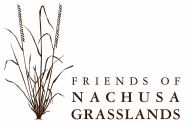
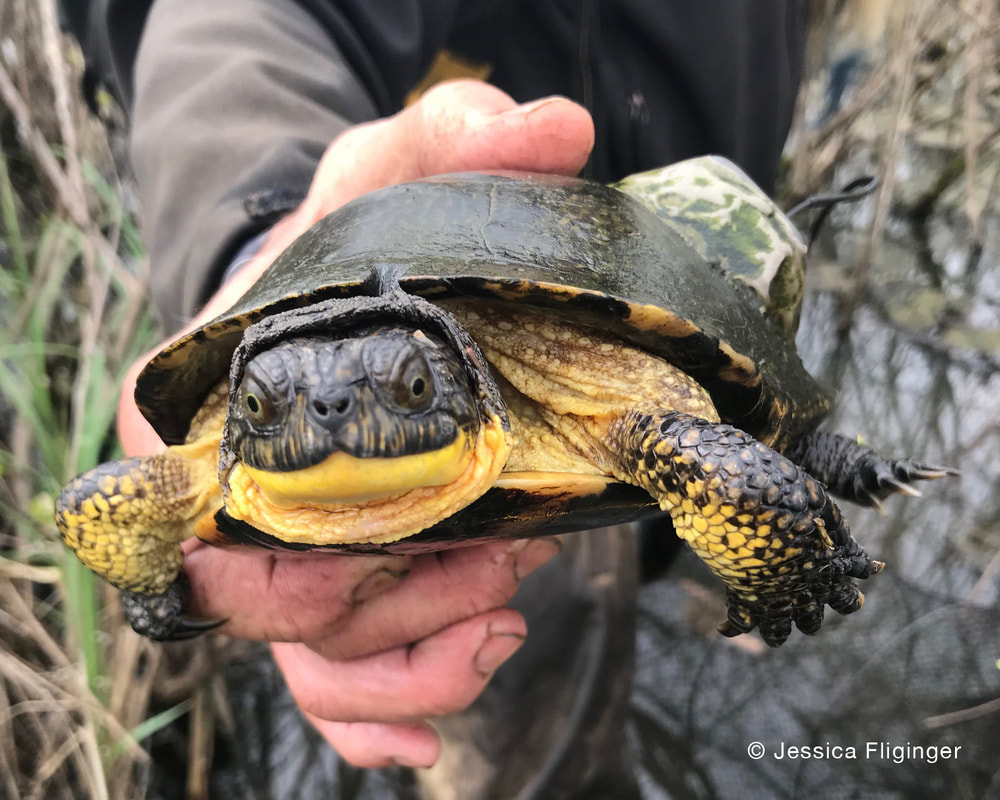
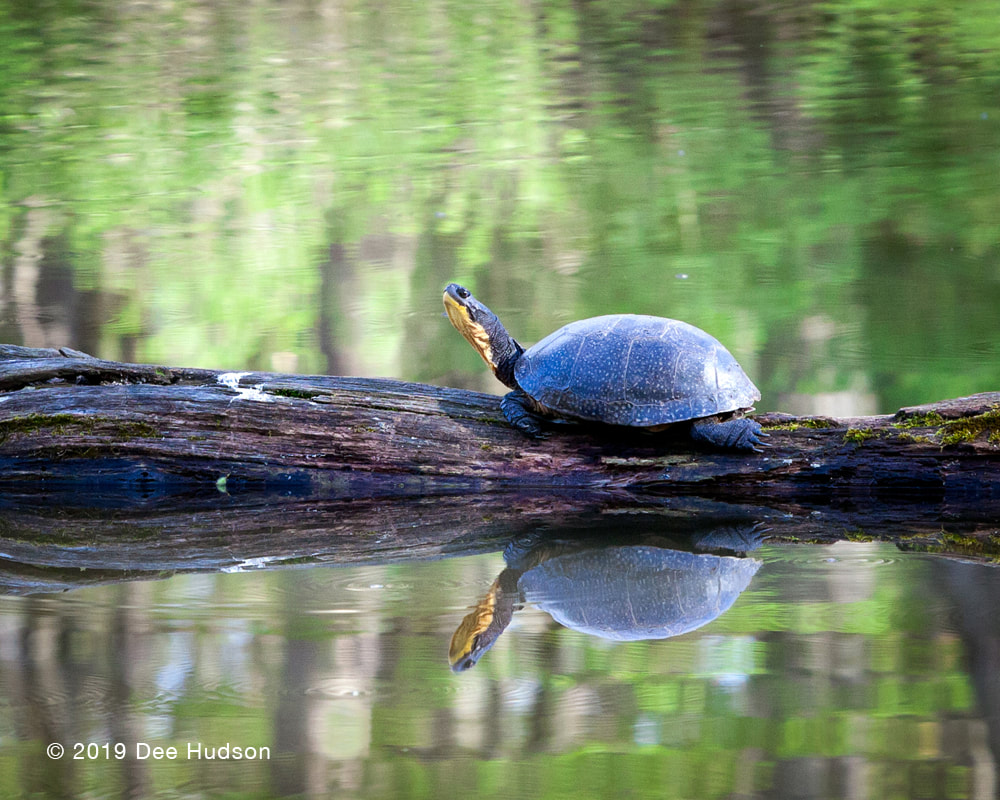
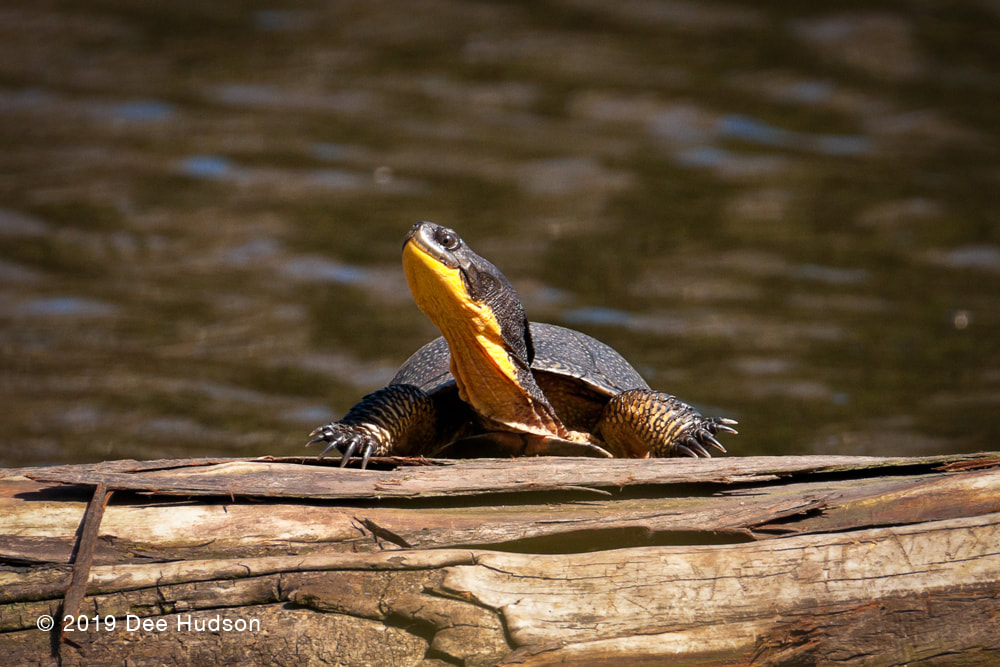
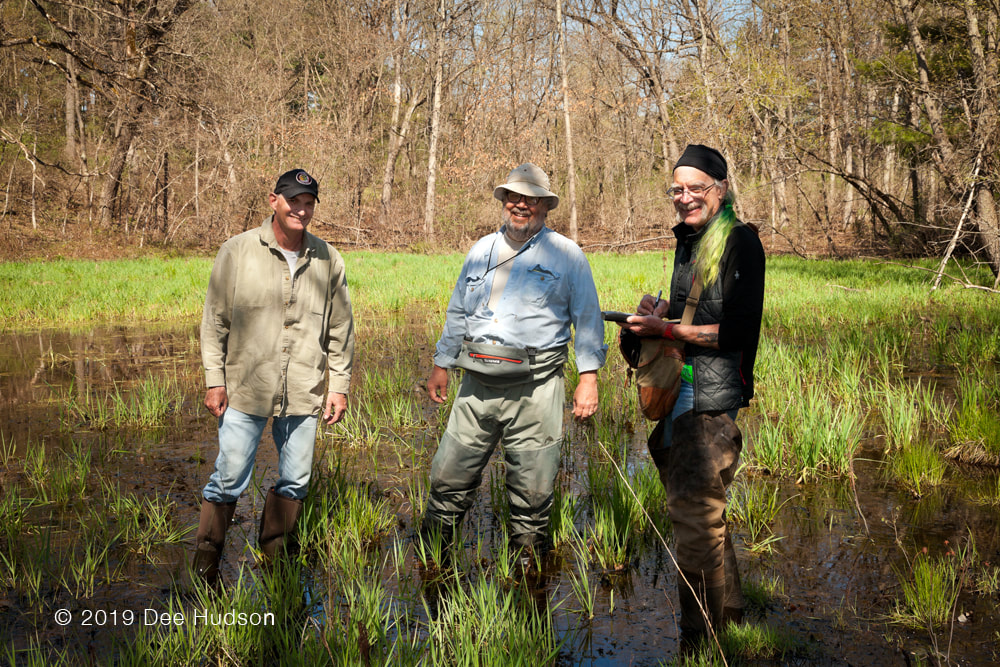
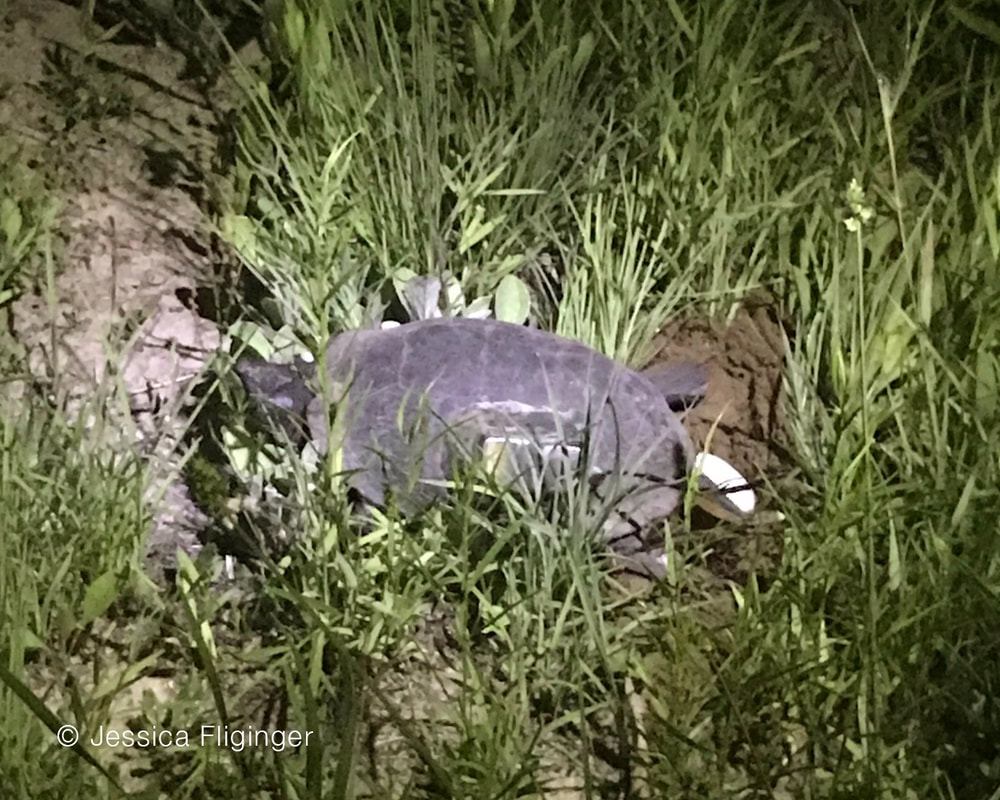
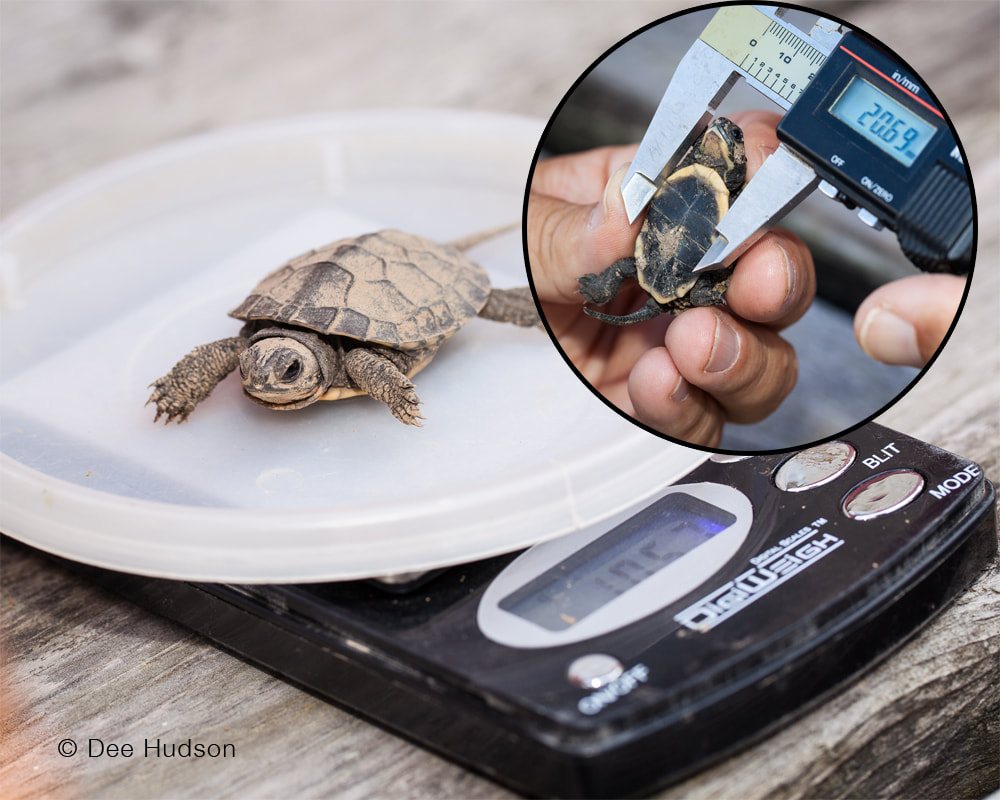

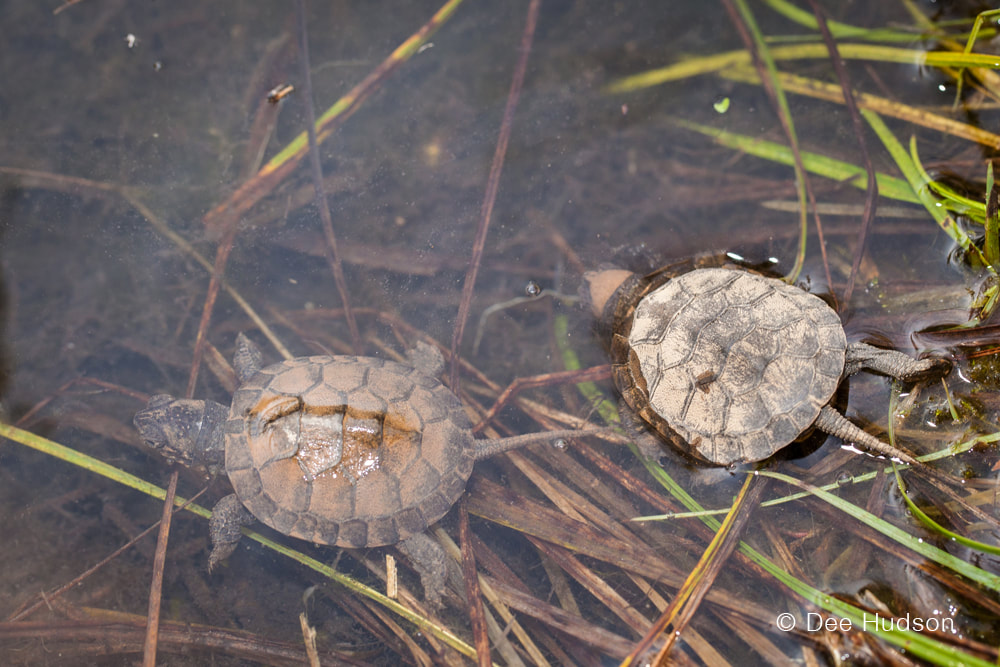
 RSS Feed
RSS Feed